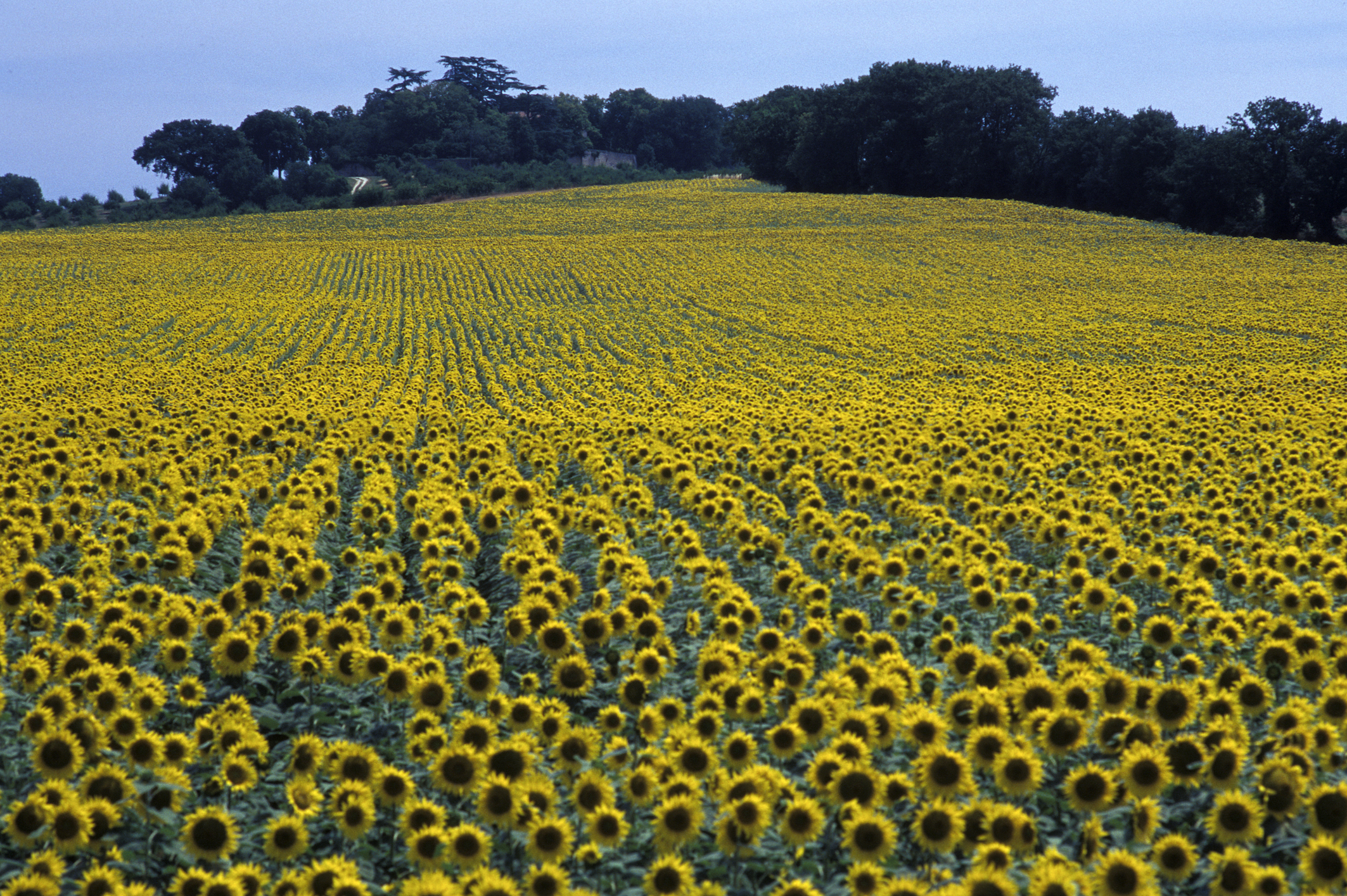Arable crop rotation
 How to define your crop rotation calendar, which species to choose...
How to define your crop rotation calendar, which species to choose...

In agriculture, crop rotation refers to the sequence of different crops grown on a plot of land over the years, with the sequence repeating itself in regular cycles. In the case of field crops, it is a very powerful agronomic lever from both a technical and economic point of view. It is also the main tool to be used when converting to organic farming.[1]
The main principles
The components
- Head of rotation : The first crop in the rotation is known as the "head of rotation". In most systems, this is often a legume (annual or multi-annual) which will contribute to soil fertility.
- Main body of rotation : Depending on its longevity and objectives, the main body of the rotation is generally made up of crops that consume morenitrogen, such as certain cereals, particularly wheat and maize, or oilseed rape.
- End of rotation : The last crops in a rotation are generally less nutrient-intensive, or smother crops to combat weeds.
Alternating crops as an agronomic lever
Within a rotation, there are various agronomic advantages to alternating the cultivation of species with the following characteristics from one year to the next.[2] :
- Nitrogen-demanding and less nitrogen-demanding crops, in order to maintain good soil fertility. We can also consideralternating crops that release nitrogen and crops that mobilise it quickly.
- Soil-soiling and soil-cleaning crops, so as to reduce the stock of weeds after a soil-soiling crop, and limit the use of chemical or mechanical weeding between crops, as well as after sowing.
- Alternatingwinter and spring crops helps to break the cycle of bio-aggressors, particularly certain weeds that are resistant to specific herbicides. Another measure to combat this problem is toalternate chemical families in treatments.
- Crops with different root systems, to maintain good soil structure via fasciculated and taproot systems.
Generally speaking, diversifying rotations, both at farm and regional level, helps to improve economic resilience and reduce inputs.
Intercropping
Between the harvesting of one crop in a rotation and the sowing of the next, it is common to plant an "intercrop" or "intermediate crop".
The integration of these crops is also important when designing a rotation, as they can fulfil a number of different objectives: controlling erosion, smothering weeds, trapping certain pests, capturing atmospheric nitrogen, etc.
Some intermediate crops can fulfil several of these functions at the same time, and are therefore known as multiservice intermediate crops (CIMS ).
To find out more about the issues surrounding intercropping, visit the"Managing plant cover in arable farming" portal.
References
- ↑ Réseau GRAB / FRAB, La rotation en grande culture, 2009. https://www.agrobio-bretagne.org/wp-content/uploads/2010/09/rotation_GCultures1.pdf
- ↑ Chambre d'agriculture de l'Isère, Guide technique : concevoir sa rotation, 2017. http://www.deveniragriculteur-npdc.fr/fileadmin/user_upload/National/FAL_commun/publications/Auvergne-Rhone-Alpes/guide_rotation_culturale_juin_2017.pdf